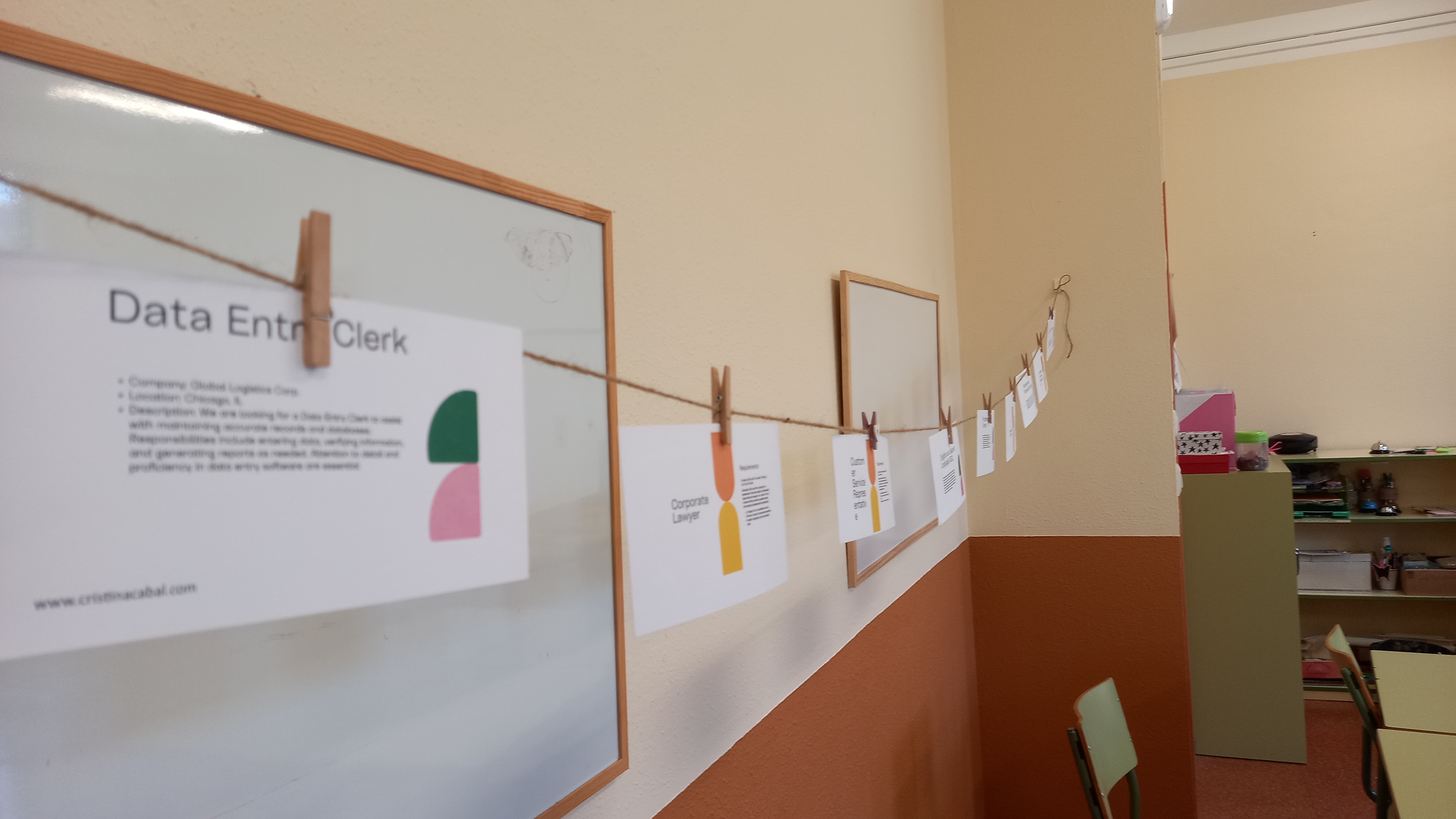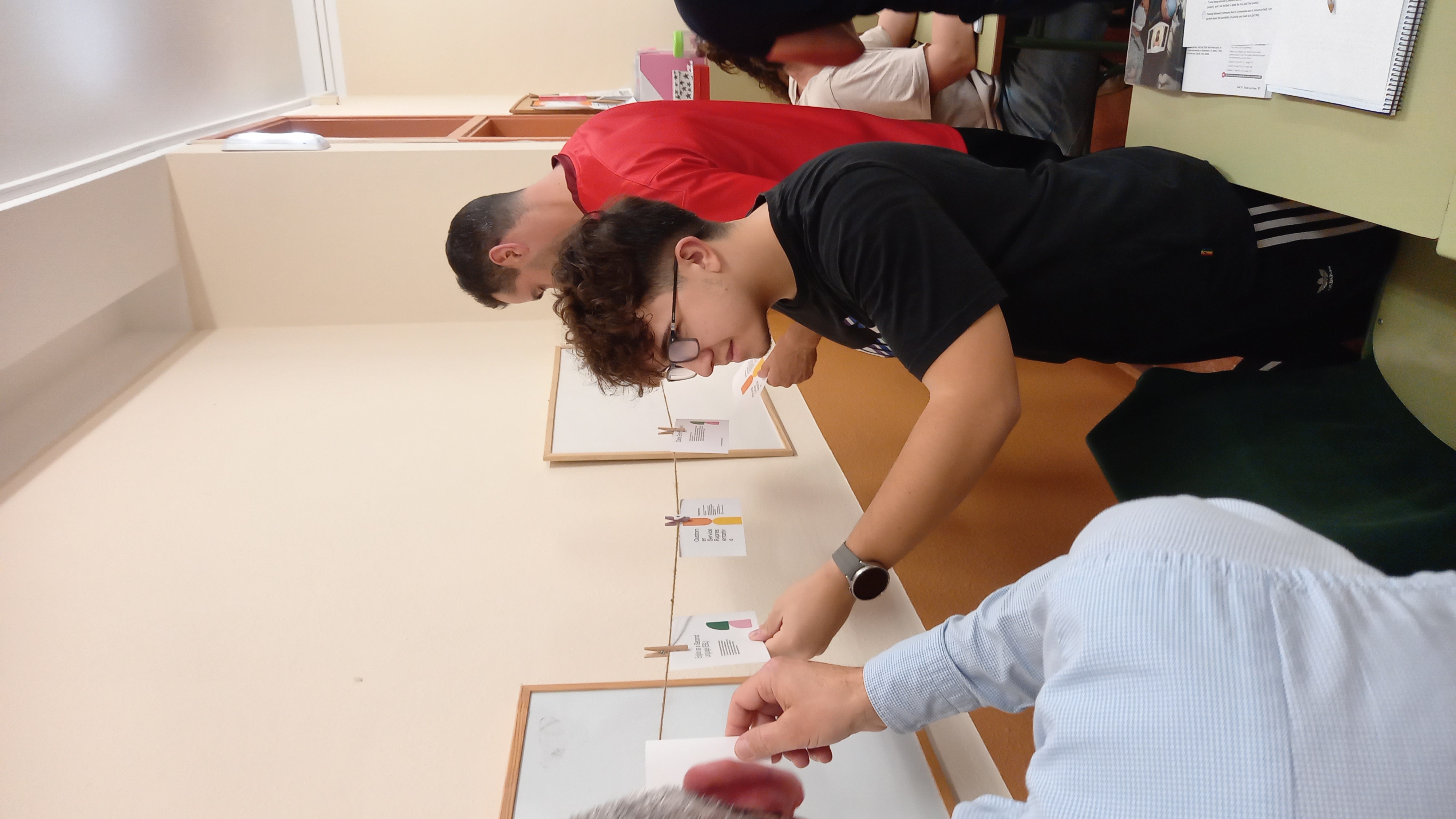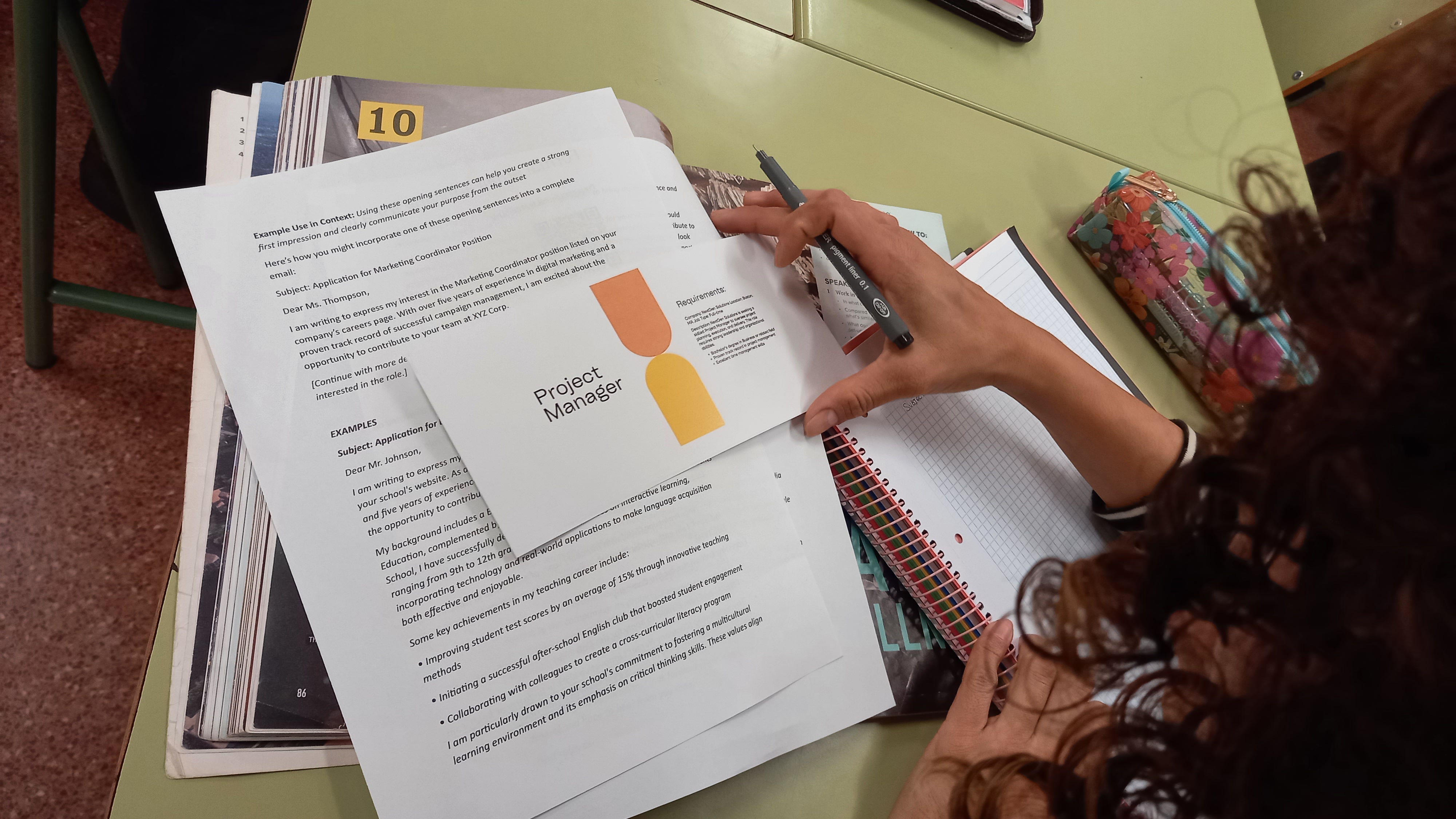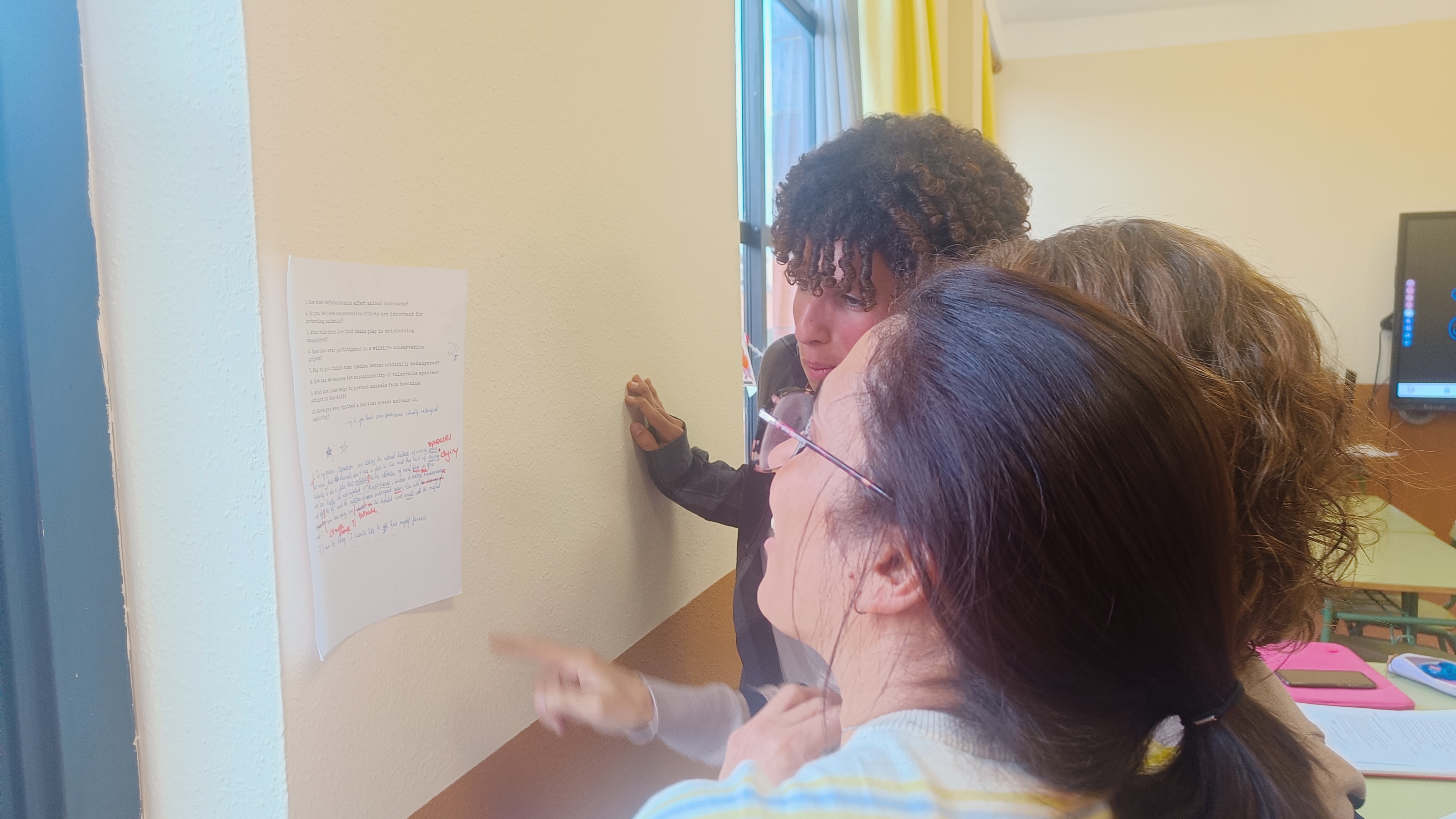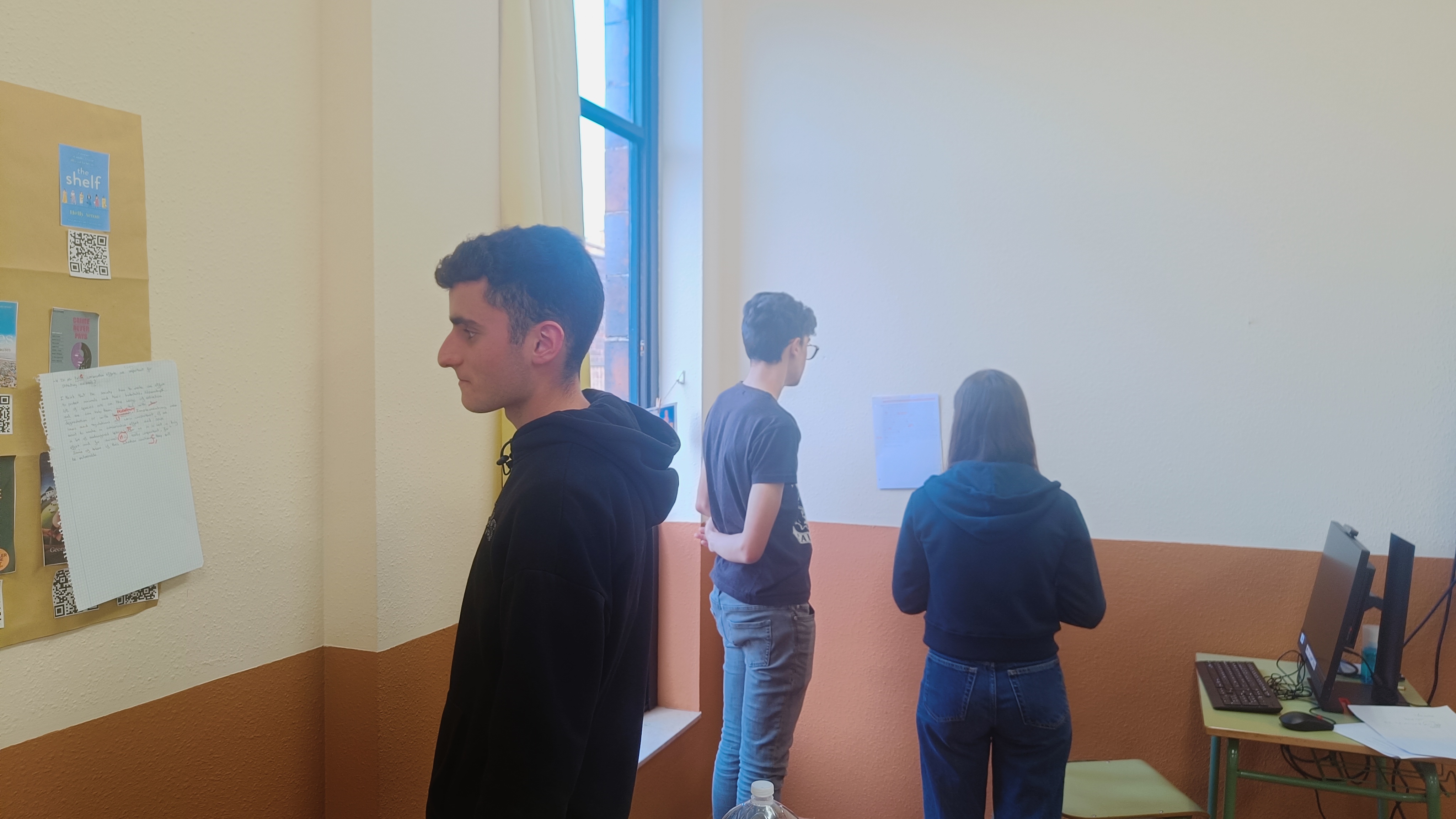Looking for some ideas to bring some excitement into your classroom while teaching grammar and writing skills? Well, you’ve come to the right place! This blog is the second instalment in a three-part series where I design a complete lesson for C1 students, covering vocabulary, pronunciation, speaking, grammar, and writing, all centered around the theme of news and the media.
- Part 1: from headlines to conversations: Building Media Vocabulary
- Part 2: this is the one you are reading right now
- Part 3: Writing a News Article: From Theory to Engaging Practice
This post is all about reporting verbs. But why focus on this bit of grammar when discussing the news and media? Typically, when you interview someone and then need to write a news article, you’ll likely want to sum up what they said. That’s where reporting verbs come in handy! So, here we go!
(Would you rather listen to the podcast where the content of this article is discussed? )
Warm.-up: Introducing Reporting Verbs
STEP 1. The Grammar.
First, write two sentences on the board and show them how a B2 student would rewrite them and how a C1 student would do it using a reporting verb.
He said:” I didn’t do it”
- He said he hadn’t done it (B2)
- He denied doing it (C1)
He said: “I won’t do your homework”
- He said he wouldn’t do my homework (B2)
- He refused to do my homework (C1)
STEP 2: Half a Crossword
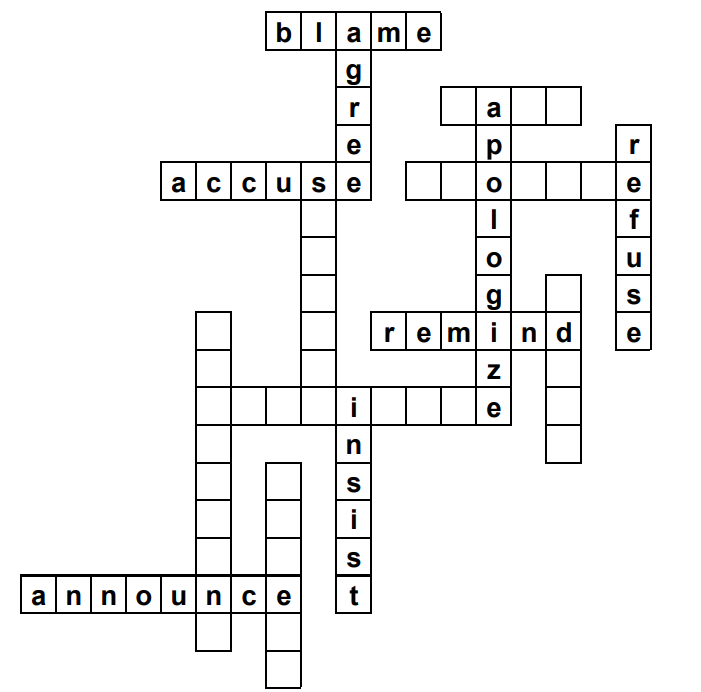
There are many reporting verbs, but I don’t want to overwhelm my students and tell them to study the grammar for the hundred verbs the book offers, so I am going to select a few and stick to them throughout the whole lesson. These are the ones they will have to study.
To introduce the reporting verbs I wanted them to study, I have used this tool that creates half crosswords. It gives you two versions of the crossword puzzle: Student A and Student B. Each version has only half the answers filled in. Students take turns describing their reporting verbs without directly giving the answer. Once the puzzles are filled, students compare answers to ensure everything matches.
NOTE: when you print the crossword, for some reason the numbers disappear. It was not a problem in my class, they just pointed to the blank they wanted to fill.
Manipulative. Reporting Verbs Matching Activity. PDF
Step 1. Matching
Ah, the never-failing traditional methods! Here’s a classic yet super effective activity to get students comfortable with reported speech. Give each pair of students a set of pre-prepared sentences and reporting verbs—yes, this means some cutting and prepping, but hey, these sets can be reused countless times! Their task? To identify and match each sentence with the correct reporting verb. Then, check the matches one by one as a class
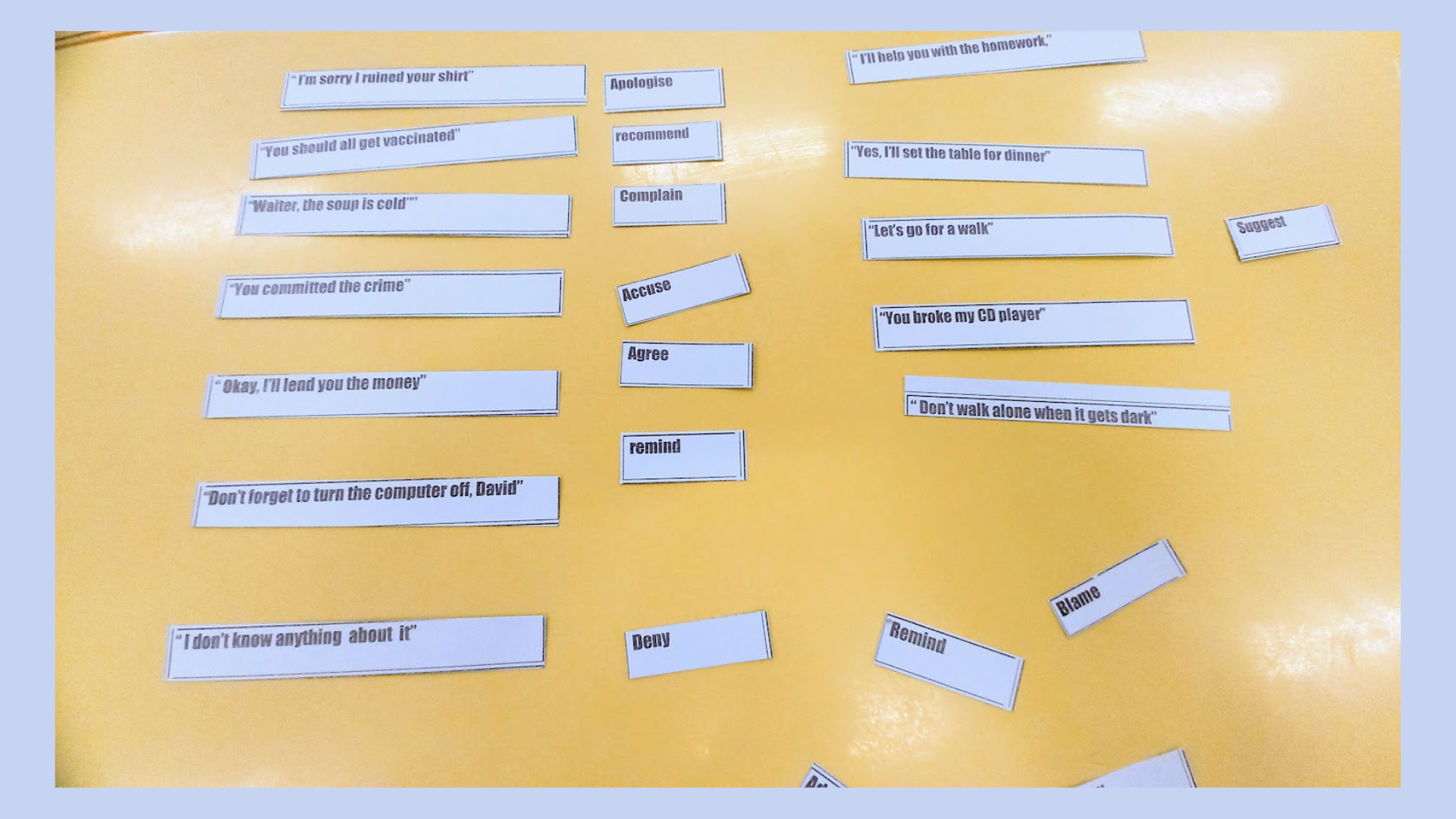
Step 2: Reporting the sentences
For each pair, ask the students to report the sentence aloud using the correct reporting verb. Write the correct reported sentence on the board and focus on the grammar.
Writing Challenge
STEP 1. Writing
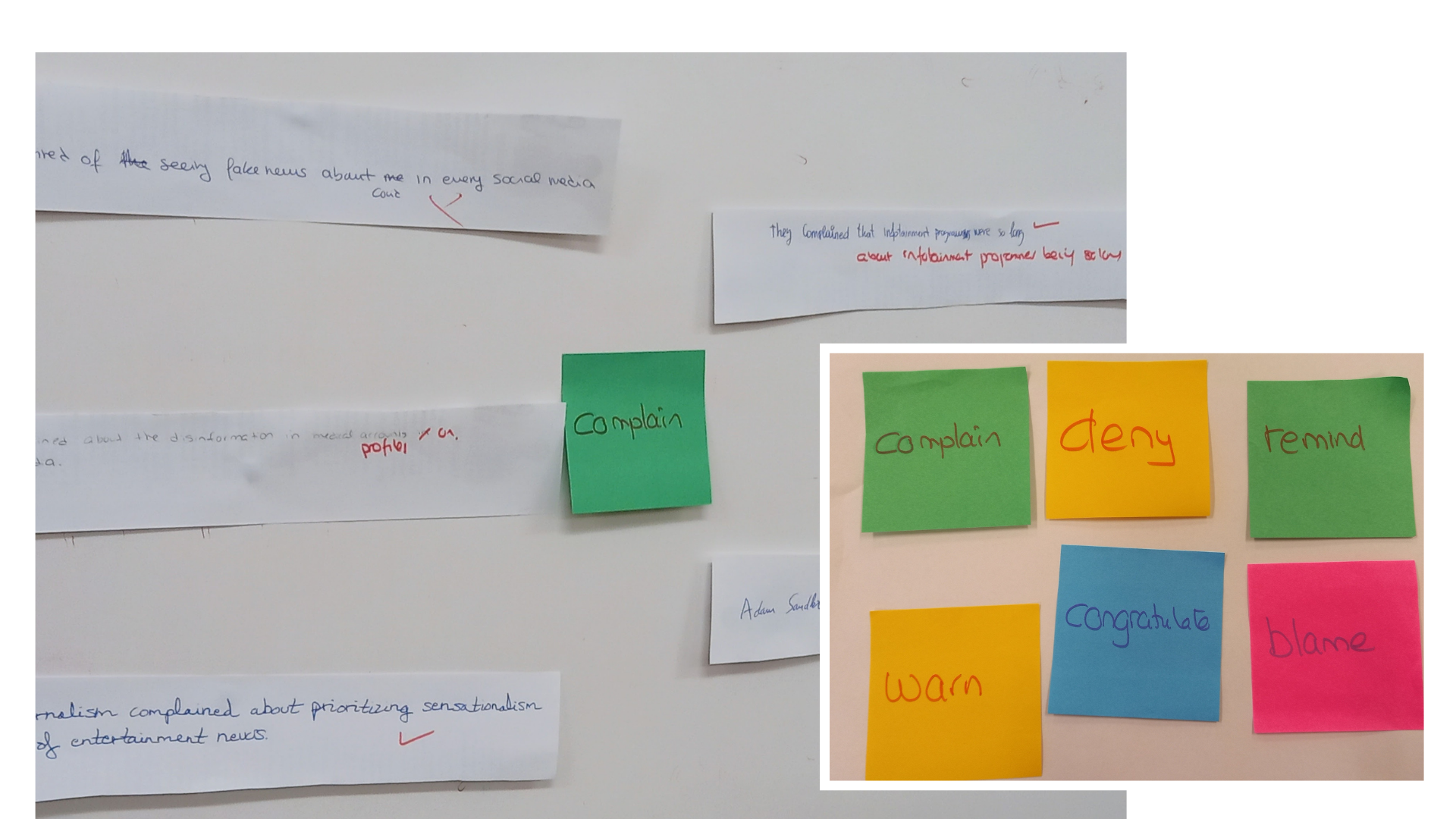
Time to recycle spare photocopies! Cut them into strips of paper large enough to write a long sentence on.
- Ask students to pair up and give each pair 3 or 4 strips of paper.
- Display the interactive activity below and ask someone in the class to choose a box
- In their pairs, they will have about 2 minutes to come up with their best sentence using the reporting verb on display and, in the case of my students, trying to use vocabulary related to the news and the media: this is the lesson we are studying.
- In the meantime, I will write the reporting verb on display on a post-it note and post it on a visible part of our classroom wall.
- Once they have finished writing their “advanced” sentence, we will put them up on the wall, surrounding the verb. You can use Sellotape or Blue-tack for this.
- Open a new box to reveal a new reporting verb and do it all over again. I have done this 5 or 6 times.
What is your role as a teacher? Yes, you need to be working, too. Once they have placed their sentences on the walls, you will need to correct their mistakes.
Step 2 Voting
And finally, the photocopy
Follow us on




